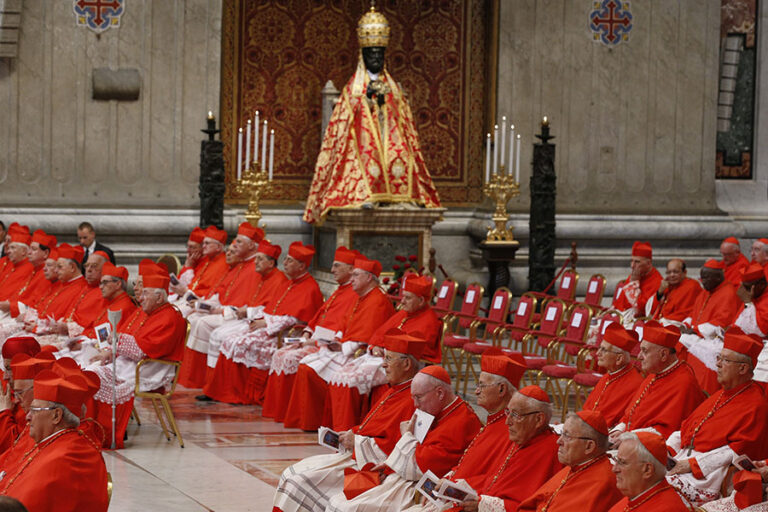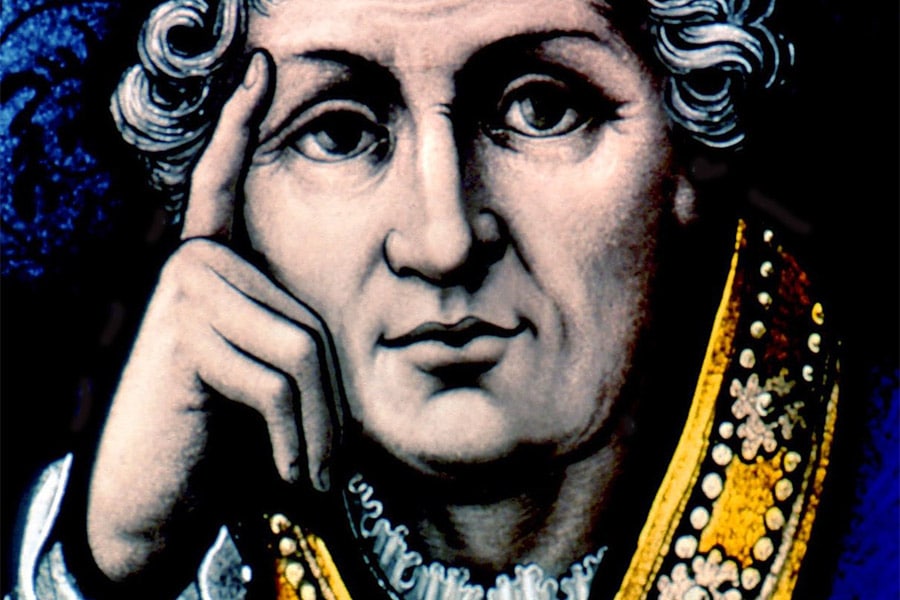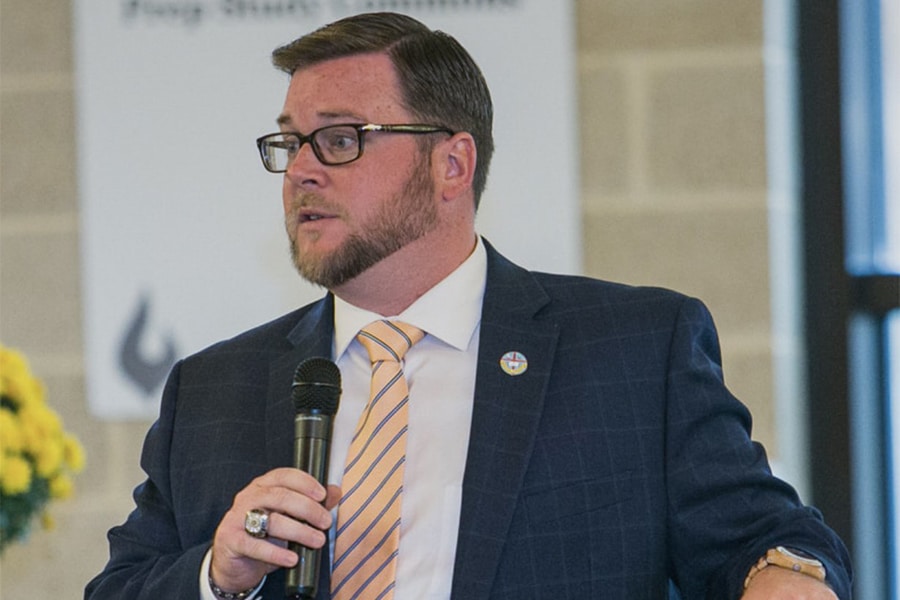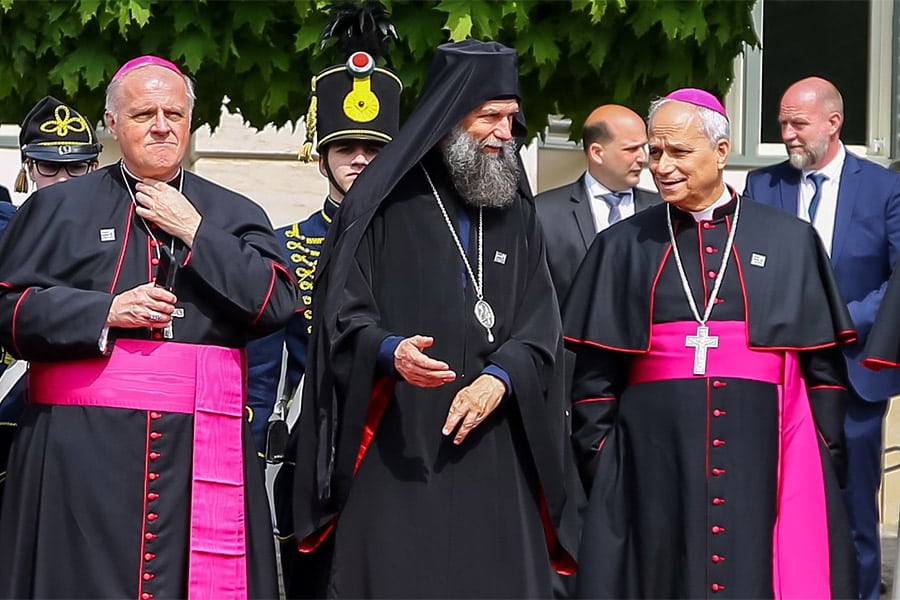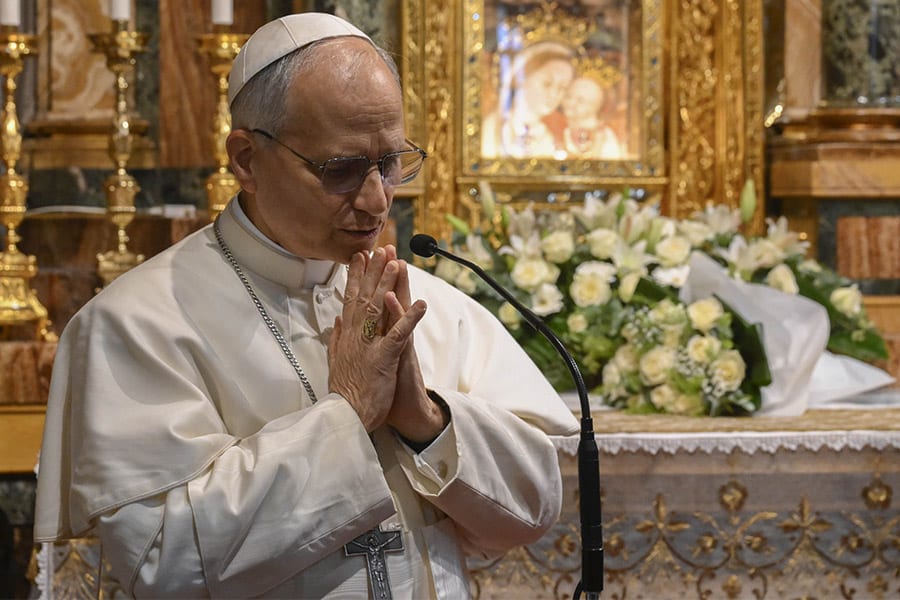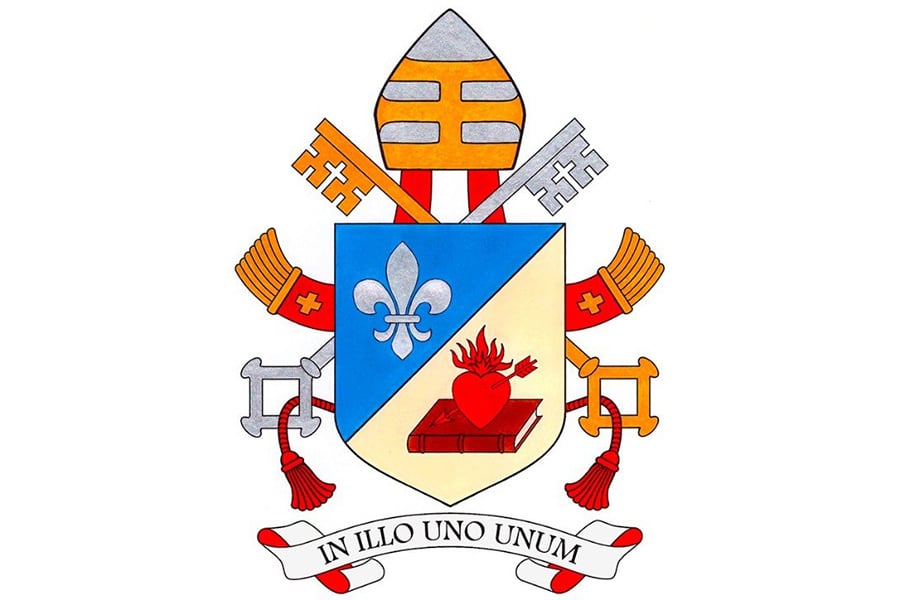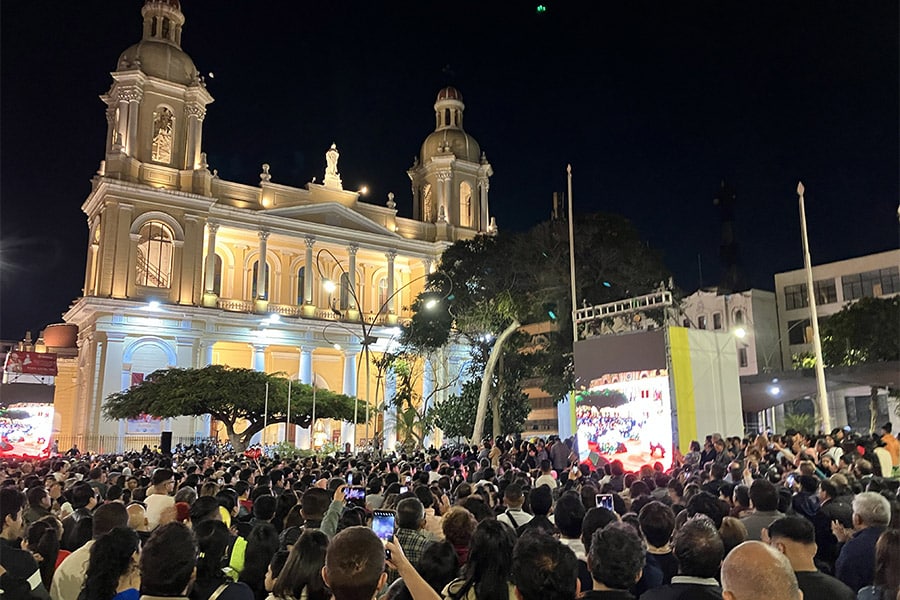VATICAN CITY (CNS) — Pope Francis will lead a number of major events at the end of August, starting with the creation of 20 new cardinals in St. Peter’s Basilica.
Inducting the appointees into the College of Cardinals at an ordinary public consistory Aug. 27, the pope will give each new cardinal: a scarlet biretta — the “red hat” — whose color signifies a cardinal’s willingness to shed his blood for the faith; a gold ring, a sign of their special bond with the church of Rome; and a scroll testifying to his new office and containing the name of his titular church in Rome.
On Aug. 28, the pope will leave Rome for L’Aquila, 55 miles east of the capital, where he is scheduled to open a seven-centuries-old celebration of forgiveness and meet with the families of those who died in a 2009 earthquake.
Back in Rome, the pope will then hold an important closed-door assembly with the College of Cardinals Aug. 29-30.
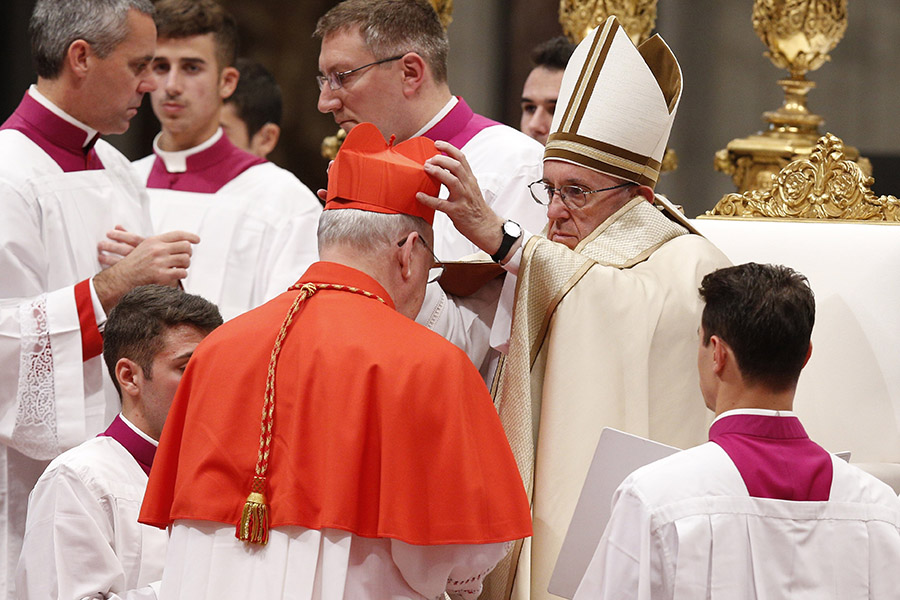
All the world’s cardinals have been invited to attend the consultative session to reflect on the apostolic constitution “Praedicate evangelium” (Preach the Gospel) on the reform of the Roman Curia — a project that has been an important focus of this pontificate.
The pope will then end the day Aug. 30 with Mass with all the new cardinals and the College of Cardinals in St. Peter’s Basilica.
The pope convening the world’s cardinals in Rome offers a rare chance for the College of Cardinals to get to know each other and to serve as a consultative body for the pope.
This tradition of using the college in an advisory capacity was a common practice in the church’s early centuries, when the cardinals constituted the “senate” of the church and, in part because they once all lived in Rome, were consulted often by the pope.
Today, cardinals, who now come from all over the world, can still influence church policy in a major way through their membership in Vatican dicasteries and other curial agencies. The pope names them to serve as top members of these offices that help manage the life of the universal church. While some live and work in Rome, the majority serve in their home country or designated diocese, nunciature or apostolic prefecture and typically come through Rome several times a year for meetings, conferences and one-on-one audiences with the pontiff.
However, the cardinals’ most visible role is in their solemn and important task of entering a conclave to elect a new pope, a responsibility currently reserved to cardinals under the age of 80.
With 20 new members inducted into the College of Cardinals Aug. 27, Pope Francis will bring up to 132 the number of cardinal electors, and the college as a whole will have 226 members.
Some of the significant characteristics of the college after the Aug. 27 consistory can be seen in numbers:
— The college is elderly. The average age of cardinals today is 78, and the average age among the cardinal electors is 72. Even though nine electors are under the age of 60 and one is 48 years old, nearly three-quarters of the electors are 70 and older. Almost 41 percent of the entire college is over the age of 80.
— The college is international. Today there are more than 90 countries represented in the entire college and 71 countries among the electors. That’s a notable increase from 2005, when all 117 eligible cardinal electors came from 53 countries.
— Europe is still the regional powerhouse, even though the regional balance is slowly shifting. At the 2005 conclave, nearly 50 percent of electors were from Europe. After the Aug. 27 consistory, 52 of the electors — just under 40 percent — will represent Europe; 18% will represent Latin America; and 22 electors, almost 17 percent, will represent Asia, since Italian Cardinal-designate Giorgio Marengo and Italian Cardinal Mario Zenari are currently serving Mongolia and Syria, respectively. Cardinal electors representing Asia have doubled from 2005 when 11 electors, slightly more than 9 percent, represented Asia. Among today’s cardinal electors, almost 13 percent will represent Africa, 10 percent the U.S. and Canada, and just over 2 percent Oceania.
— Italians are still a majority. For centuries the College of Cardinals was largely made up of Italian clergy, and just a century ago, made up more than half the membership. There were 28 cardinal electors from Italy at the 2013 conclave, that is, 24 percent of all voting members. Today, even including Italian Cardinals Zenari and Marengo, 16 percent of all electors will be from Italy.
— The college still has a strong U.S. contingent. With 17 cardinals, 10 of whom can vote in a conclave, the United States is a distant, but solid second in the College of Cardinals behind Italy, which has almost 50 members.
— The mark of papal predecessors. Of the 132 cardinal electors, 83 members — almost 63 percent — will have been created cardinals by Pope Francis; 11 of the remaining voters were made cardinals by St. John Paul II and 38 by retired Pope Benedict XVI.
Fun fact: There is only one person still alive who had been made a cardinal by St. Paul VI: retired Pope Benedict XVI, who was elevated to the college in 1977 when he was 50 years old.
— Youngest living cardinal: Italian Cardinal-designate Giorgio Marengo, 48, apostolic prefect of Ulaanbaatar, Mongolia.
— Youngest living U.S. cardinal: San Diego Cardinal-designate Robert W. McElroy, 68.
— Oldest living cardinal: Angolan Cardinal Alexandre do Nascimento, 97, retired archbishop of Luanda, created a cardinal by St. John Paul in 1983.
— Oldest living U.S. cardinal: Cardinal Adam J. Maida, 92, retired archbishop of Detroit.
— Number of cardinals who will turn 80 by the end of this year: 6.
— Next U.S. voting-age cardinal to turn 80: Cardinal Seán P. O’Malley of Boston, in June 2024.
Read More Vatican News
Copyright © 2022 Catholic News Service/U.S. Conference of Catholic Bishops

